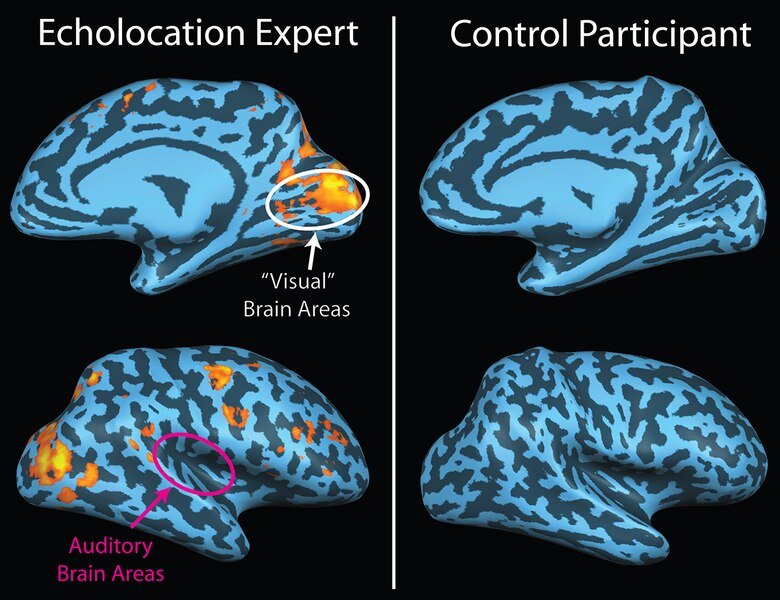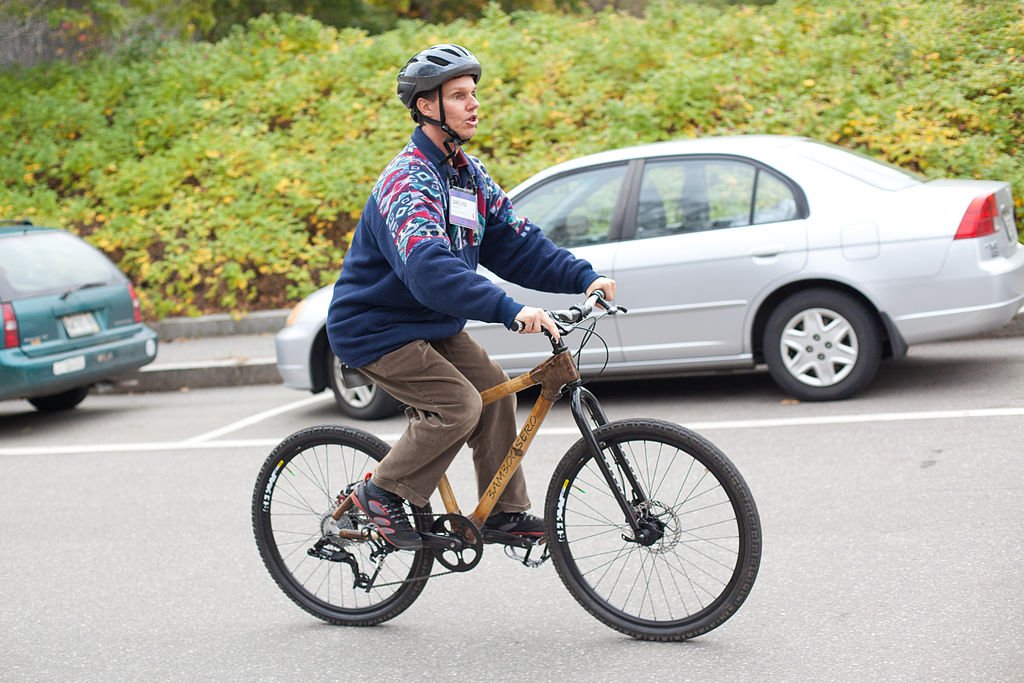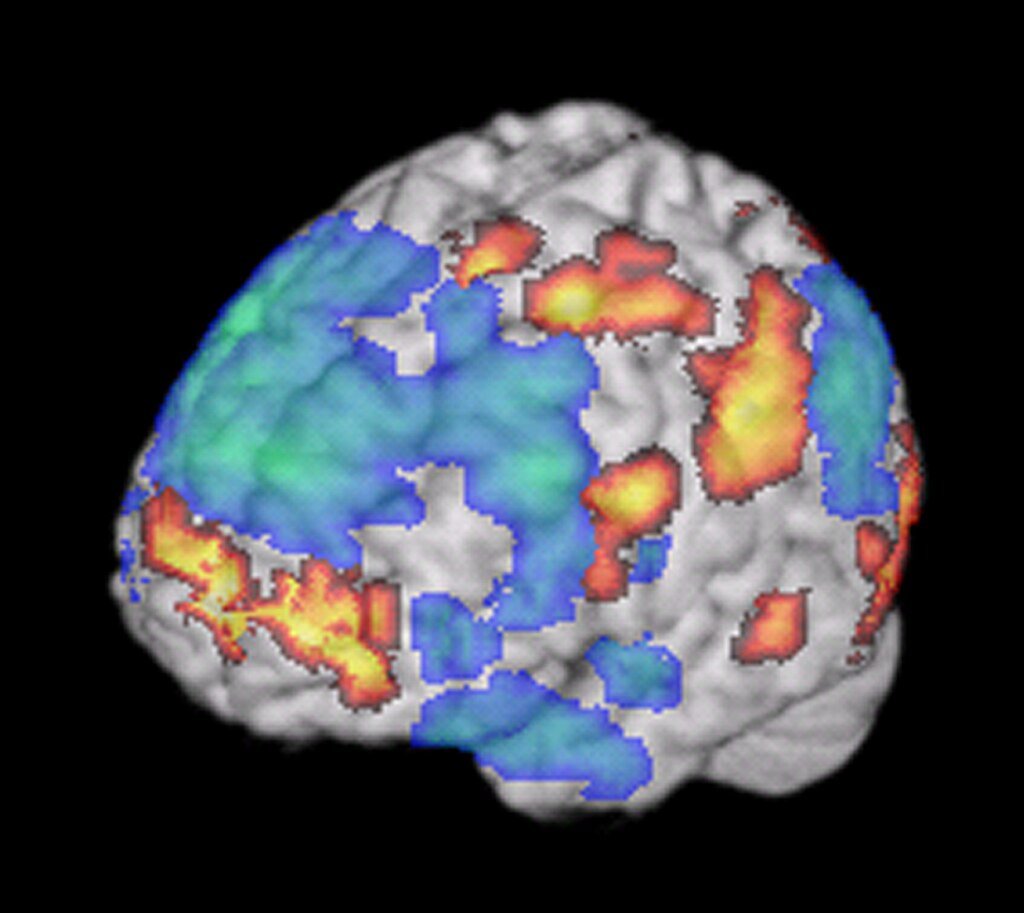Imagine negotiating a busy city street, climbing a mountain trail, or even riding a bicycle all without looking forward. Most people find this unfeasible. Still, a growing body of studies shows that people can create comprehensive mental maps of their surroundings by using sound echoes, thus developing a sort of “sonar vision.” Human echolocation is not only a comic-book fantasy but a real, trainable ability that rewires the brain in amazing ways. Daniel Kish, a blind man who has perfected echolocation to such a degree that he can perform feats most sighted people would hesitate to attempt, leads front stage in this discovery. Together with pioneering neuroscience, his narrative questions our knowledge of perception and the brain’s infinite adaptability.
The Real-Life “Batman”: How Daniel Kish Sees Without Eyes

Just thirteen months old, Daniel Kish lost both eyes to retinoblastoma. Still, he “sees” the world shockingly precisely by clicking his tongue and interpreting the returning echoes. Kish talks of his ability as “FlashSonar,” where, like a bat or dolphin uses sonar, sound waves create a spatial image in his mind. His talents are so developed that he can tell the size, form, texture, and even movement of objects, so differentiating a tree from a lamppost or spotting an approaching car from many meters away.
Neuroscientists have discovered that Kish’s brain processes these echoes in the visual cortex, the same region sighted people use to interpret light. This suggests that the brain doesn’t rigidly assign functions by biology but adapts based on necessity to a concept called neuroplasticity.
The Science Behind Echolocation: How Sound Becomes Sight

In a landmark study, neuroscientist Lore Thaler used fMRI scans to observe Kish’s brain while he echolocation. Surprisingly, his calcarine cortex, the brain’s primary visual processing center, lit up when processing echoes, while his auditory cortex reacted no differently than a sighted person. This means his brain wasn’t just hearing better it was translating sound into vision.
Even more astonishing? Sighted people can learn this skill too. Thaler’s research found that after just 10 weeks of training, both blind and sighted participants showed increased activity in their visual cortex when using echolocation. This challenges the long-held belief that only those who lose sight early in life can develop such abilities.
How Far Can Echolocation Take You? The Limits of Human Sonar
Expert echolocators like Kish can detect:
- Object distance (within centimeters of accuracy)
- Shape and texture (concave vs. flat, metal vs. wood)
- Movement (tracking a person walking nearby)
In controlled experiments, blind echolocators could even identify a construction worker’s hard hat turned inside-out proving that this skill goes far beyond basic obstacle avoidance.
Could it, however, totally replace vision? Not nearly. Unlike color or fine detail, echolocation gives spatial awareness. For blind people, though, it provides something equally worthwhile: freedom. Thousands have been taught by Kish’s company, World Access for the Blind, to confidently navigate using echolocation, so lessening reliance on canes or guides.
Can Anyone Learn to Echolocate? The Training Challenge
Echolocation is based on consistent, sharp clicks like a finger snap creating unambiguous echoes. Novaters begin with:
- Listening for reflections, that is, holding a book in front of their face and observing how sound changes.
- Before moving on to noisy streets, practice in quiet settings.
- Combining echolocation with a cane for enhanced spatial awareness.
While some blind individuals naturally develop this skill, structured training (like Kish’s FlashSonar workshops) accelerates learning. Surprisingly, sighted people also show promise suggesting that echolocation could one day be taught alongside traditional mobility training.
The Future of Echolocation: From Therapy to Everyday Life

Thaler sees a time when echolocation training would be as common as Braille or white-cane mobility. Already a breakthrough for isolated communities, programs like EchoRead are enabling orientation experts to teach echolocation remotely.
Kish keeps pushing for blind-led education while also questioning social presumptions regarding disability. “Blindness isn’t about not seeing,” he notes. “It’s about fresh ways of seeing.”
Conclusion: A New Era of Perception
Human echolocation is evidence of the remarkable adaptability of the brain rather than only a survival ability. This ability transforms our knowledge of human potential whether used by blind people for navigation or investigated by neuroscientists to release brain plasticity.
“When blind people learn to see,” Kish says, “sighted people seem inspired to see their way better.” Maybe realizing how much more our brains can do when we dare to listen is the true superpower, not just echolocation.
Sources:

Suhail Ahmed is a passionate digital professional and nature enthusiast with over 8 years of experience in content strategy, SEO, web development, and digital operations. Alongside his freelance journey, Suhail actively contributes to nature and wildlife platforms like Discover Wildlife, where he channels his curiosity for the planet into engaging, educational storytelling.
With a strong background in managing digital ecosystems — from ecommerce stores and WordPress websites to social media and automation — Suhail merges technical precision with creative insight. His content reflects a rare balance: SEO-friendly yet deeply human, data-informed yet emotionally resonant.
Driven by a love for discovery and storytelling, Suhail believes in using digital platforms to amplify causes that matter — especially those protecting Earth’s biodiversity and inspiring sustainable living. Whether he’s managing online projects or crafting wildlife content, his goal remains the same: to inform, inspire, and leave a positive digital footprint.




